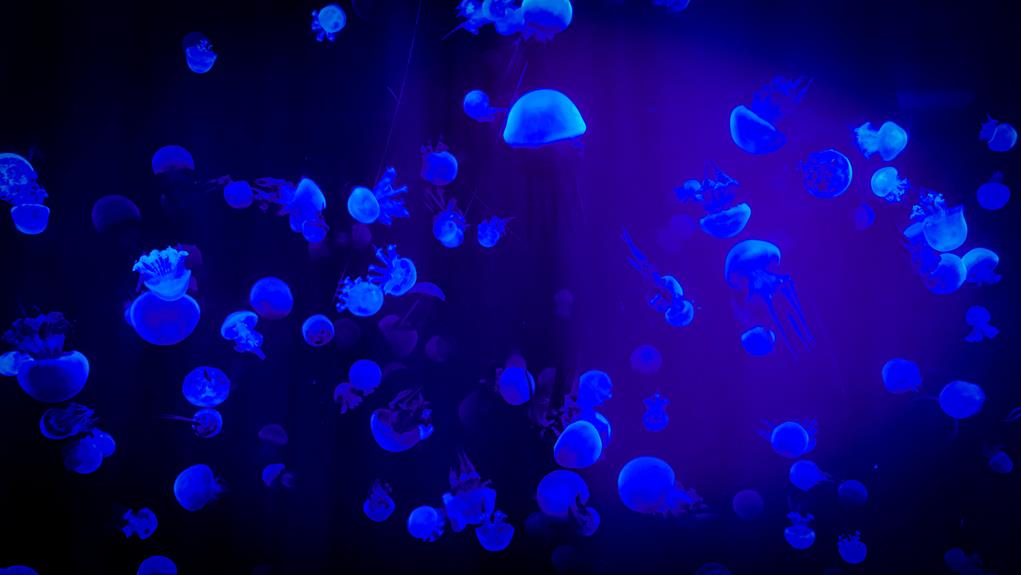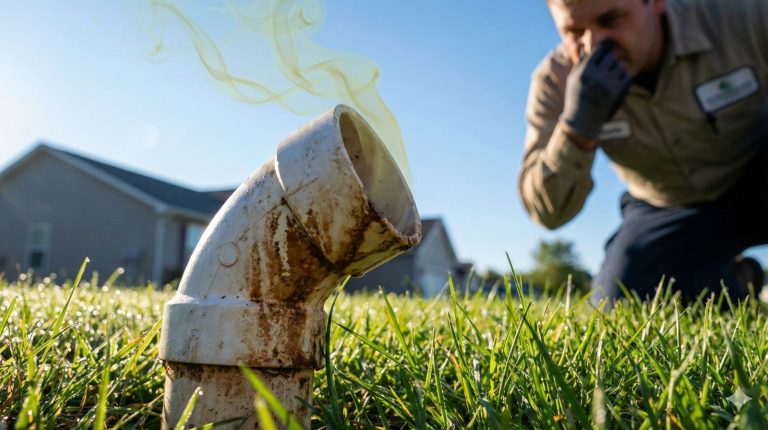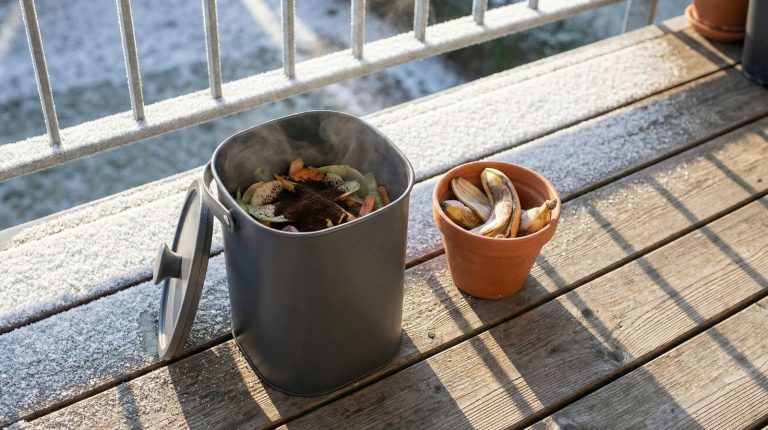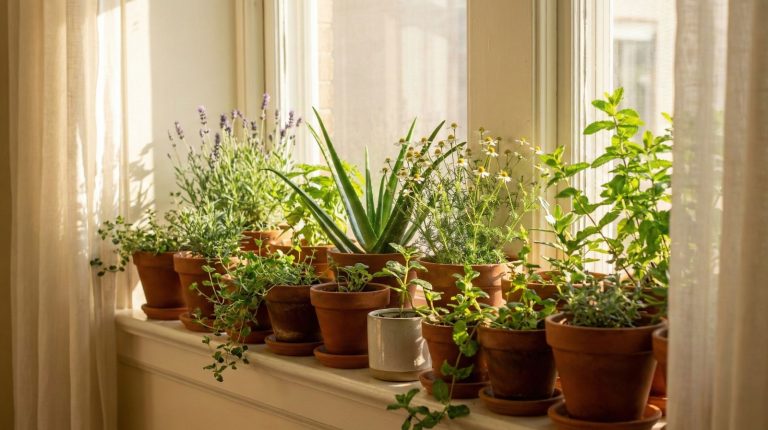Hey there, fellow water-conscious folks! We’ve got something super important to share with you today: 9 Eco-Friendly Tips for Effective Water Conservation.
Now, we all know that water is a precious resource, and it’s up to us to make sure we’re using it wisely. So, let’s dive right in and explore these awesome tips that will help us keep our planet happy and healthy.
From turning off the tap when we’re not using it to fixing those pesky leaks, we’ll learn how to reduce our daily water consumption and make a real difference.
So, grab a cup of tea (made with water-saving techniques, of course) and let’s get started on this journey towards sustainable living together!
Reduce Daily Water Consumption
To reduce our daily water consumption, we can start by being mindful of our habits and make simple changes in our daily routines. One way to conserve water at home is by turning off the tap while brushing our teeth or shaving. By doing this, we can save 4-5 gallons of water each time.
Another helpful tip is to soak dishes in warm water before washing them. This not only conserves water but also reduces the effort required for dishwashing. Additionally, running the dishwasher and laundry only when they’re full can save 10-15 gallons of water per cycle.
Lastly, cutting down on long showers not only saves water, but also time and money.
Fix Leaks Promptly
We must prioritize fixing leaks promptly in order to maximize water conservation efforts and prevent unnecessary water wastage. Leaky plumbing is a major culprit when it comes to wasting water. Even a small leak can waste gallons of water every day, leading to increased water bills and a negative impact on water conservation.
To effectively conserve water, it’s crucial to identify and fix leaks as soon as they’re detected. Regularly monitoring utility bills can help identify any sudden spikes in water usage, which may indicate a leak.
Install Water-Saving Fixtures
When it comes to water conservation, installing water-saving fixtures is a key step. Efficient showerheads can help reduce water usage while still providing a satisfying shower experience.
Faucet aerators are another great option, as they mix air with water to maintain pressure while using less water. Additionally, exploring toilet flushing options, such as dual-flush toilets, can further contribute to water conservation efforts.
Efficient Showerheads Explained
Installing water-saving fixtures, such as efficient showerheads, is an effective way to conserve water and reduce your environmental impact.
Efficient showerheads, also known as low-flow showerheads, are designed to reduce water usage without compromising water flow. These showerheads use less than 2.5 gallons per minute, promoting water efficiency and allowing you to save money on your water bills.
By upgrading your older showerheads to water-conserving ones, you can significantly reduce water consumption in your household. Not only does this practice benefit the environment, but it also leads to energy savings, as less water needs to be heated.
With efficient showerheads, you can enjoy a refreshing shower while actively contributing to water conservation efforts.
Benefits of Faucet Aerators
Frequently, we can save water and promote sustainable living by installing faucet aerators, which are effective water-saving fixtures. Here are the benefits of using faucet aerators:
- Save water while brushing your teeth: Faucet aerators reduce the flow of water, allowing you to use less water while keeping the tap open.
- Reduce water usage in the toilet: Installing faucet aerators can help reduce water per year by preventing excessive water flow in the toilet.
- Prevent water running while brushing: With faucet aerators, you can easily control the water flow, ensuring that water doesn’t run unnecessarily while brushing your teeth.
- Conserve water at home: By using faucet aerators, you contribute to conserving water at home, making a positive impact on the environment.
- Increase water and energy savings: Faucet aerators not only help save water but also decrease energy usage by reducing the amount of hot water needed.
Consider installing a rain barrel as well to maximize your water conservation efforts. Together, these simple actions can make a big difference in conserving our precious water resources.
Toilet Flushing Options Discussed
By exploring toilet flushing options, we can effectively conserve water by installing water-saving fixtures in our homes. Traditional toilets can use up to 1.6 gallons of water per flush, which can add up quickly.
However, there are several options available to help reduce water usage. One popular choice is the ultra-low flush (ULF) toilet, which uses significantly less water per flush compared to traditional toilets. Another option is the dual-flush toilet, which allows you to choose between a lower water volume for liquid waste and a higher volume for solid waste.
Additionally, installing low-flow toilets can save around 700 gallons of water annually. It’s important to address any leaks in your toilet as well, as even small leaks can waste a significant amount of water over time.
Harvest Rainwater for Outdoor Use
To effectively conserve water, we can harvest rainwater for outdoor use. By implementing this eco-friendly practice, we can save water and reduce our reliance on municipal water sources.
Here are some tips on how to harvest rainwater for outdoor use:
- Install rain barrels: These containers collect rainfall from your roof, which can be used for watering plants, washing outdoor equipment, and other non-potable water needs.
- Use rainwater for irrigation: Instead of using hose water to water your garden or lawn, utilize the collected rainwater. This helps reduce your overall water usage.
- Implement rain gardens: These are designed to capture and absorb rainwater, preventing runoff and allowing it to naturally replenish the groundwater.
- Consider a rainwater harvesting system: If you have a larger outdoor area or a high water demand, installing a rainwater harvesting system can provide a consistent supply of rainwater for various outdoor activities.
- Be mindful of rainfall patterns: Keep an eye on weather forecasts to make the most of rainy days and ensure your rain barrels are prepared to collect as much water as possible.
Opt for Efficient Irrigation Methods
When it comes to efficient irrigation methods, drip systems are a great choice as they save water by delivering it directly to the roots of plants. This targeted watering minimizes water evaporation and ensures that plants receive the necessary amount of water.
Additionally, opting for rainwater harvesting benefits gardens by providing a sustainable water source that can be used for irrigation.
Drip Systems Save Water
Using a drip system is an eco-friendly and efficient way to save water and promote sustainable gardening practices. Drip irrigation provides consistent water to plants, reducing water evaporation and runoff.
Here are some reasons why drip systems are beneficial:
- Saving money: Drip irrigation can help reduce water bills by using only the necessary amount of water, preventing wastage.
- Conserving the water supply: With drip systems, water is delivered directly to the plant’s roots, minimizing water loss and maximizing efficiency.
- Addressing climate change: By conserving water, drip irrigation helps combat the effects of climate change by reducing the strain on water resources.
- Energy solutions: Drip systems require lower water pressure, resulting in energy savings compared to traditional irrigation methods.
- Saving hundreds of gallons: Drip irrigation can save hundreds of gallons of water per year, making a significant impact on water conservation efforts.
Rainwater Harvesting Benefits Gardens
We benefit our gardens by optimizing irrigation methods through rainwater harvesting.
Rainwater harvesting involves collecting rainwater in containers such as rain barrels or cisterns, and then using this water to irrigate our gardens. By doing so, we reduce our reliance on the municipal water supply and conserve water. This method is especially effective during dry periods when water becomes scarce.
Additionally, rainwater is free from the chemicals often found in tap water, making it a healthier option for our plants. Not only does rainwater harvesting save water, but it also saves money on our water bills.
Use Graywater for Non-Potable Purposes
To effectively conserve water, we can utilize graywater for non-potable purposes. Graywater is the water that comes from household activities like washing dishes, doing laundry, and bathing. Instead of letting this water go to waste, we can consider using it for other purposes, saving both water and money in the process.
Here are five ways in which graywater can be used:
- Watering plants and gardens: Graywater can be used to nourish plants and gardens, reducing the need for additional water.
- Outdoor irrigation: Graywater can be used to water lawns and outdoor spaces, saving more water that otherwise would have been wasted.
- Flushing toilets: By using graywater to flush toilets, we can save fresh water for other purposes.
- Cleaning: Graywater can be used for cleaning purposes, such as mopping floors or washing cars.
- Less energy usage: By reusing graywater, we reduce the need for energy-intensive water treatment processes, which in turn saves energy.
Minimize Water Usage in the Garden
By incorporating graywater into our daily lives and considering eco-friendly practices, we can effectively minimize water usage in the garden.
One way to achieve this is by using a drip irrigation system for plants. This method provides consistent water to the plants while preventing overwatering, which can lead to water evaporation and runoff.
Additionally, it’s important to use sprinklers and gardening hoses properly to avoid wasting water on driveways or sidewalks and to ensure effective watering of only the lawn.
Another tip is to reuse water for landscape gardens. For example, water used for rinsing in a bowl can be saved and used for watering plants. This reduces water wastage and contributes to sustainability.
Furthermore, using a rain barrel to collect rainfall for watering plants can reduce reliance on hose water for outdoor irrigation, especially during dry periods.
These eco-friendly practices not only conserve water but also save time and help retain moisture in the garden.
Implement Water-Saving Practices in the Bathroom
In our quest for effective water conservation, let’s focus on implementing water-saving practices in the bathroom. Here are five simple tips to help reduce water usage in this important part of our homes:
- Turn off the tap while brushing your teeth or lathering your hands to avoid unnecessary water wastage.
- Take shorter showers to save water. Consider using a shower timer or playing your favorite song to keep track of time.
- Install low-flow shower heads and faucets to reduce water flow without compromising on water pressure.
- Check for leaks in faucets and pipes regularly to prevent water leakage and wastage.
- Consider installing a dual-flush toilet, which uses less water for liquid waste and more for solid waste.
By following these practices, we can significantly decrease our water consumption in the bathroom. Remember, every drop counts!
Additionally, when purchasing new bathroom appliances, look for the Energy Star label to ensure they’re water-efficient. Don’t forget to also choose water-saving washing machines to further minimize water usage in our homes. Let’s work together to conserve water and create a greener future.
Educate Others About Water Conservation
Let’s spread awareness about water conservation to help others understand the importance of preserving this vital resource. Educating others about water conservation can have a significant impact on our collective efforts to save water and reduce our environmental footprint.
By conserving water, we not only save a precious resource but also reduce the energy needed to treat and distribute water. Every time we turn off the tap while brushing our teeth or fix a leaking faucet, we’re saving significant amounts of water that would otherwise go to waste.
These small actions may seem inconsequential, but when multiplied by the number of individuals practicing them, they can make a big difference in our water usage and utility bills.
Additionally, by conserving water, we also reduce the need for water-intensive activities such as filling up pools, which can have a positive impact on green house gas emissions.
Let’s work together to educate others about the importance of water conservation and inspire them to adopt simple solutions for water preservation.
Conclusion
In conclusion, by implementing these eco-friendly tips for effective water conservation, we can make a significant impact on our planet.
Turning off taps, fixing leaks promptly, and using water-saving fixtures are just a few ways to reduce daily water consumption. Harvesting rainwater and utilizing efficient irrigation methods also play a crucial role.
Let’s all do our part in minimizing water usage and educating others about the importance of water conservation. Together, we can create a sustainable future for generations to come.




